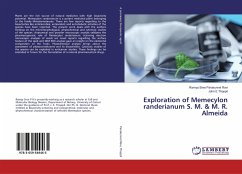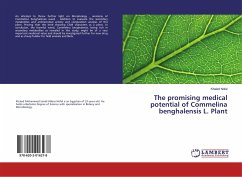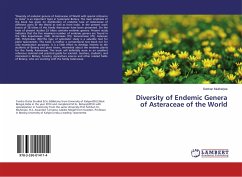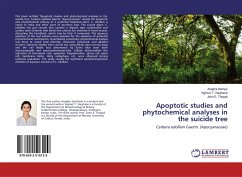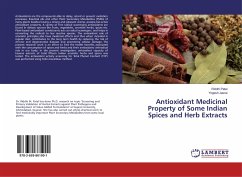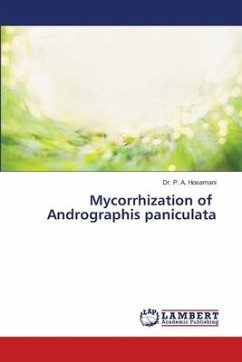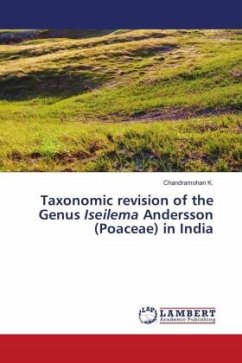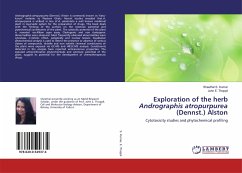
Exploration of the herb Andrographis atropurpurea (Dennst.) Alston
Cytotoxicity studies and phytochemical profiling
Versandkostenfrei!
Versandfertig in 6-10 Tagen
47,99 €
inkl. MwSt.

PAYBACK Punkte
24 °P sammeln!
Andrographis atropurpurea (Dennst.) Alston is commonly known as 'Katu- karuvi' endemic to Western Ghats. Recent studies revealed that A. atropurpurea is utilized in lieu of A. paniculata a well known medicinal plant in Ayurvedic system for the preparation of drugs. This book deals with the findings of the authors on the cytotoxic potential and pytochemical constituents of the plant. The cytotoxic potential of the plant is revealed via Allium cepa assay. Clastogenic and non clastogenic abnormalities were observed. Most frequently observed abnormalities were cytostasis, C-mitotic effect, polyplo...
Andrographis atropurpurea (Dennst.) Alston is commonly known as 'Katu- karuvi' endemic to Western Ghats. Recent studies revealed that A. atropurpurea is utilized in lieu of A. paniculata a well known medicinal plant in Ayurvedic system for the preparation of drugs. This book deals with the findings of the authors on the cytotoxic potential and pytochemical constituents of the plant. The cytotoxic potential of the plant is revealed via Allium cepa assay. Clastogenic and non clastogenic abnormalities were observed. Most frequently observed abnormalities were cytostasis, C-mitotic effect, polyploidy and nuclear lesions. Qualitative phytochemical analysis is used to detect the presence or absence of various classes of compounds. Volatile and non volatile chemical constituents of the plant were exposed via GC-MS and HR/LC-MS analysis. Constituents detected in the analysis have reported anticancerous properties. The exposed antiproliferative phytochemicals and cytotoxic potential of the plant, suggest its potential for the development of chemotherapeutic drugs.



